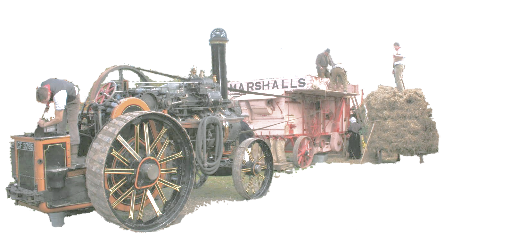From the time of the Roman invasion to the early nineteenth century most people worked on the land. Under the Romans Brittania became a major producer of wheat and barley. The climate was sufficiently mild for the grain to be dried and winnowed in the open and then stored in granaries, although there is evidence that the Romans also made use of grain dryers.
By the 10th century the climate had deteriorated and barns were built to store and process the harvest. The only major changes for the next 500 years were the use of horses instead of oxen and the introduction of the iron plough.
The Dissolution of the Monasteries by Henry VIII in the sixteenth century lead to the loss of many of the great monastic barns but the new land owners often replaced them with their own great barns. Even Enclosure and the introduction of the Four Crop Rotation did not change the life of the country in any major way. It was not until mechanisation was introduced that the Agricultural Revolution really began to effect the the life of the farm.
The introduction of the tractor in the twentieth century made the horse redundant for pulling machinery and carts, so the stable and cart shed became obsolete and many jobs were lost, but the barn still survived as the largest storage unit on the farm.
In the late twentieth century the introduction of the combine harvester finally made the threshing barn redundant, machinery had become too big to get through the doors and modern buildings were cheaper to maintain. The barn needed a new use or it was gone.





